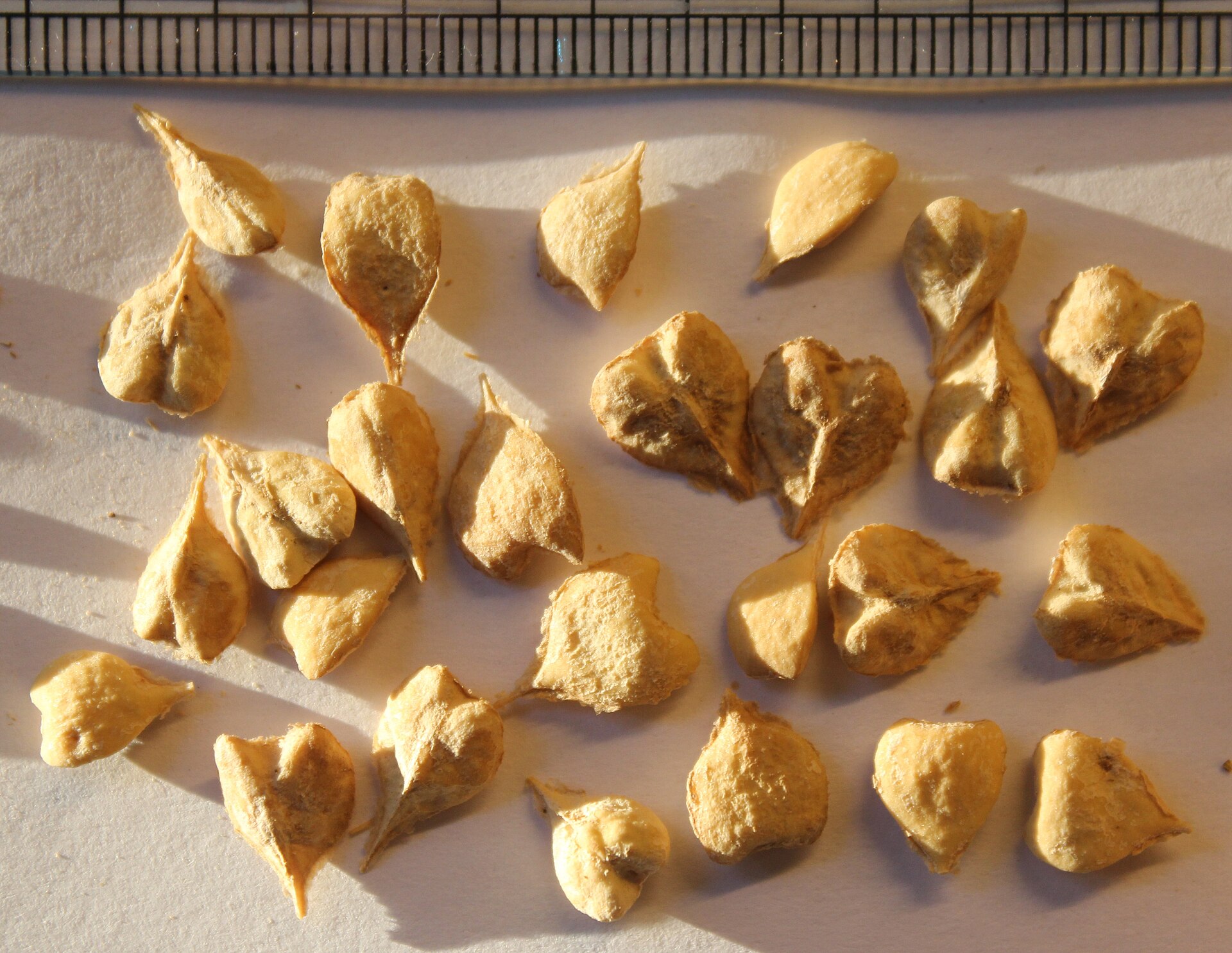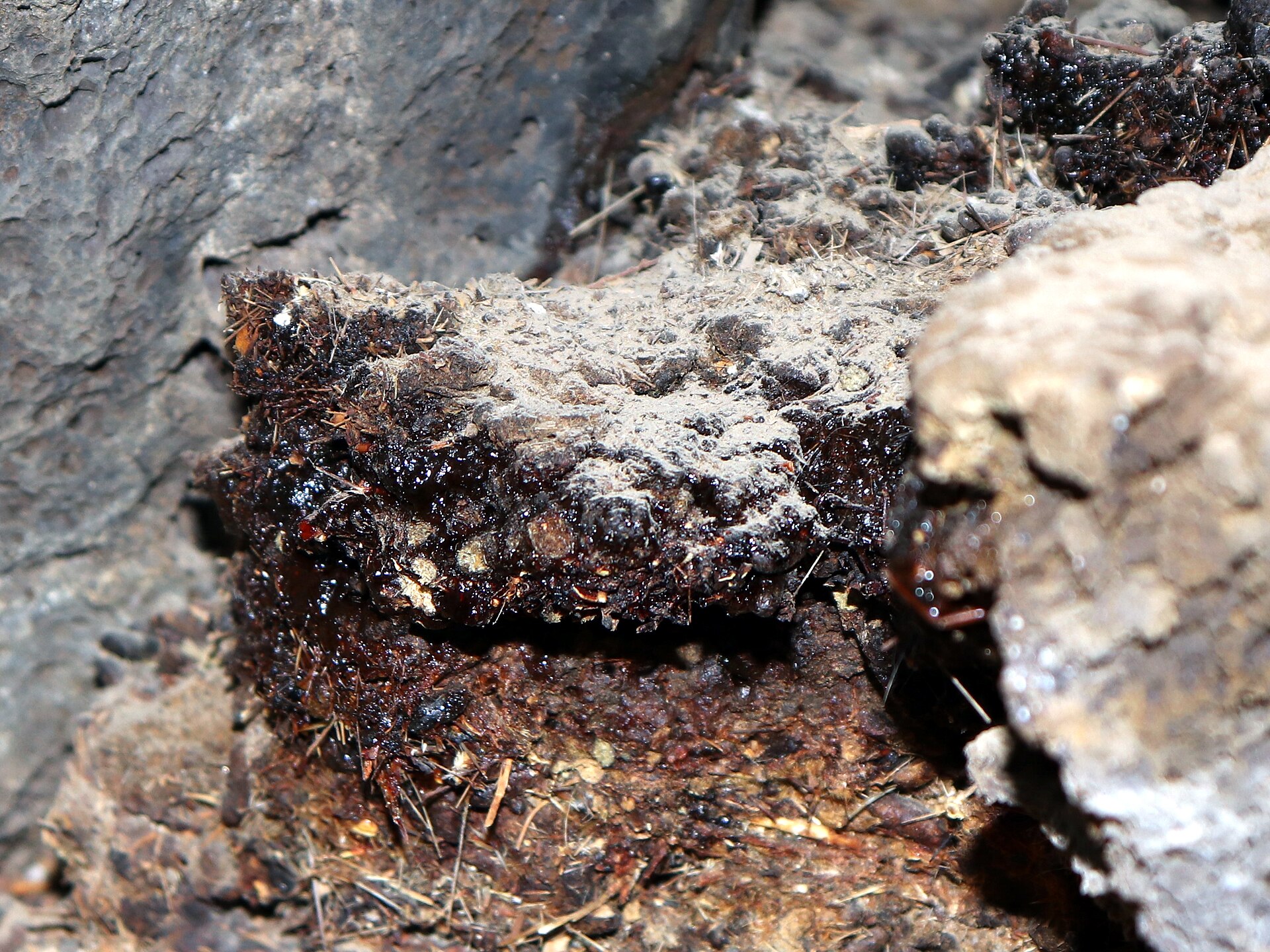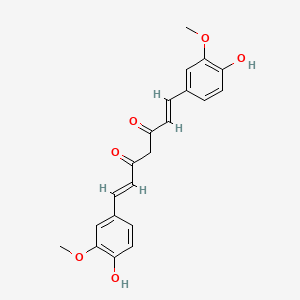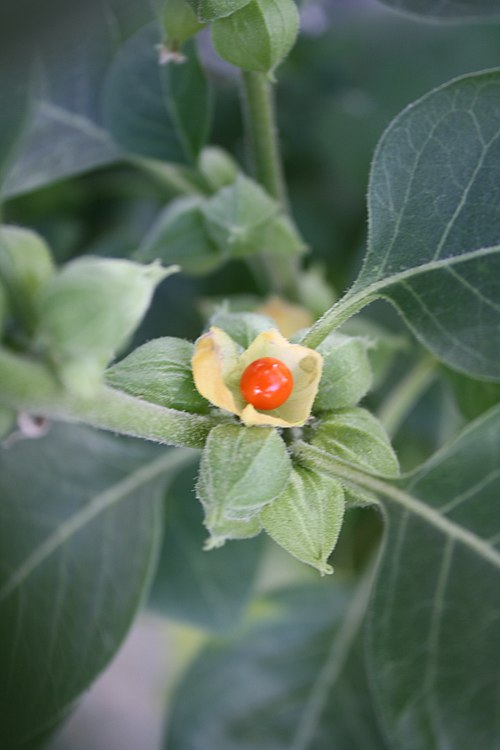


Avobenzone is an oil-soluble, broad-spectrum UVA filter widely used in sunscreens and personal care products to provide effective protection against long-wave UVA radiation (320–400 nm). It belongs to the dibenzoylmethane derivative family and works by absorbing ultraviolet light, converting it into less harmful energy (heat). Avobenzone is recognized for its ability to reduce photo-aging, preventing wrinkles, and protecting skin from sun-induced damage. It is commonly formulated with other UV filters to ensure full-spectrum coverage and improve photostability. Approved in regions like the EU, Japan, and the USA, it is suitable for a wide range of sunscreen and cosmetic formulations, including lotions, creams, and facial products. Also known as 1-(4-Methoxyphenyl)-3-(4-tert-butylphenyl)propane-1,3-dione


Avobenzone is an oil-soluble, broad-spectrum UVA filter widely used in sunscreens and personal care products to provide effective protection against long-wave UVA radiation (320–400 nm). It belongs to the dibenzoylmethane derivative family and works by absorbing ultraviolet light, converting it into less harmful energy (heat). Avobenzone is recognized for its ability to reduce photo-aging, preventing wrinkles, and protecting skin from sun-induced damage. It is commonly formulated with other UV filters to ensure full-spectrum coverage and improve photostability. Approved in regions like the EU, Japan, and the USA, it is suitable for a wide range of sunscreen and cosmetic formulations, including lotions, creams, and facial products. Also known as 1-(4-Methoxyphenyl)-3-(4-tert-butylphenyl)propane-1,3-dione

.3d8f8f41.svg)
Beauty & Personal Care
.3556d45a.svg)

UV Filter


Broad-spectrum sunscreen
Included in Quote
Included in Quote
Included in Quote
Included in Quote
.7767eb0f.png)

Chemical Properties & Specifications
Sunscreens, Day Creams, Lotions, Anti-Aging Formulas
Foundation, BB Creams, Tinted Moisturizers Skin Care Products Requiring UVA Protection
Avobenzone is a broad-spectrum UVA filter that protects against UVA rays, which are primarily responsible for skin aging and photo-damage. It’s effective in long-wavelength UVA protection (up to 400 nm), making it an essential component in sunscreen formulations.
Avobenzone tends to degrade upon UV exposure unless stabilized. It is commonly combined with Octocrylene or Tinosorb S to enhance photostability and maintain consistent UV protection throughout product use.
Avobenzone can be used at up to 10% concentration in the EU, 5% in Japan, and 3% in the USA, depending on regional regulations and formulation requirements.
Avobenzone requires stabilization due to its tendency to degrade under sunlight. It is commonly stabilized with Octocrylene or Tinosorb S, ensuring enhanced photostability and longer-lasting sun protection in the final product.
Octocrylene absorbs UV radiation and prevents Avobenzone from breaking down by acting as a photostabilizer, thus maintaining the molecular integrity of Avobenzone and ensuring consistent UVA protection during sun exposure.
Avobenzone is oil-soluble, making it difficult to incorporate into water-based formulations without emulsifiers. It is typically formulated in O/W emulsions using suitable emulsifiers to ensure uniform dispersion and product stability.

CAS No. : 97952-72-2
Category : Nutraceutical Ingredients
Sub-Category : Herbal Extracts
Description: Boswellia Serrata Extract standardized to 65% boswellic acids is a potent anti-inflammatory herbal e...

CAS No. : 13185-33-4
Category : Nutraceutical Ingredients
Sub-Category : Mineral Extracts
Description: Shuddha Shilajit is a purified and concentrated dry extract derived from natural exudates found in h...

CAS No. : 458-37-7
Category : Nutraceutical Ingredients
Sub-Category : Plant Extracts
Description: Curcumin 95% is a standardized turmeric extract derived from the rhizomes of Curcuma longa, enriched...

CAS No. : 90147-43-6
Category : Nutraceutical Ingredients
Sub-Category : Herbal Extracts
Description: Ashwagandha Extract standardized to 5.0% withanolides is a high-strength adaptogen sourced from the ...
